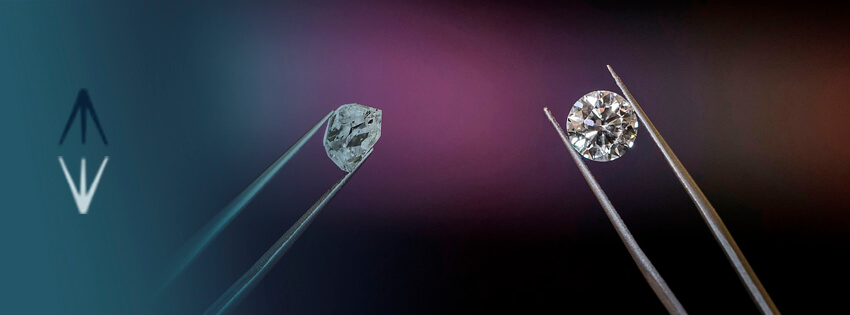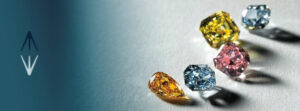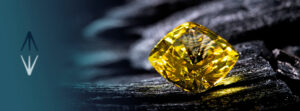Diamonds have fascinated humanity for centuries. These gems, known for their brilliance and durability, hide many curiosities and secrets that few people know about. In this article, we reveal 20 surprising facts about diamonds, from their formation deep within the Earth to the mysteries of space. Additionally, you can explore more about their formation, characteristics, and properties through the links we’ve included throughout the text.
1. Diamonds form at great depths
Diamonds originate in the Earth’s mantle, more than 150 kilometers deep, where temperatures and pressures are extremely high. This process of carbon crystallization takes millions of years and occurs under extreme conditions. Diamonds are then transported to the surface by volcanic eruptions. Learn more about how diamonds form.
2. They are the hardest substance known to man
Diamonds score a 10 on the Mohs scale, making them the hardest material known to humanity. This extreme hardness allows them to cut any other material, making them valuable not only for jewelry but also in industry. 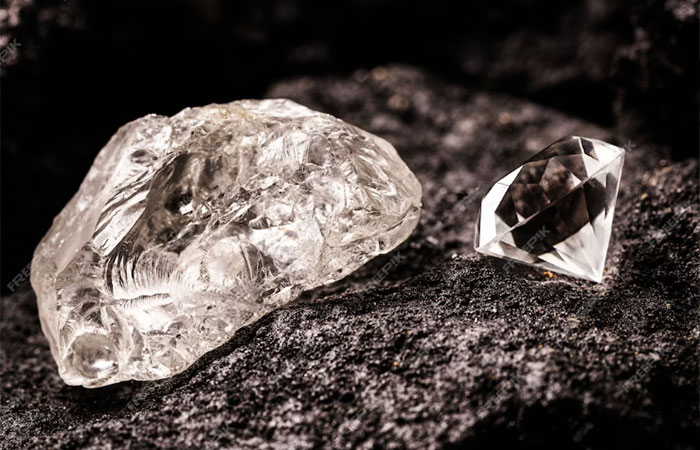
3. Natural diamonds can be billions of years old
The gems you see today in a jewelry store were formed between 1 and 3 billion years ago. This makes diamonds some of the oldest substances on the planet. It’s incredible to think about how old they are compared to life on Earth.
4. Only 20% of mined diamonds are of gem quality
Of all the diamonds mined, only a small fraction are of sufficient quality to be made into jewelry. The remaining 80% are used for industrial purposes, such as cutting and polishing tools.
5. Diamonds come in various colors
In addition to colorless diamonds, there are colored diamonds, including yellow, blue, green, pink, and black. These colors are due to impurities present in their crystal structure. If you want to learn more about color and how it affects diamonds, you can visit our guide on diamond color.
6. They conduct heat but not electricity
Diamonds are known for their ability to efficiently conduct heat, but surprisingly, they do not conduct electricity. This is due to the unique structure of their crystal lattice.
7. The largest diamond ever discovered
The “Cullinan” diamond is the largest ever found, weighing 3,106 carats in its rough form. It was discovered in South Africa in 1905 and was cut into several gems, some of which are part of the British Crown Jewels. 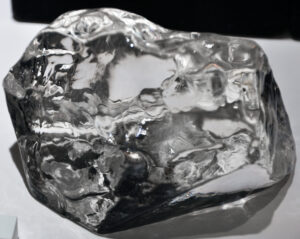
8. Diamonds can glow under UV light
Many natural diamonds emit a blue fluorescence under ultraviolet light. While not all have this characteristic, it’s a property used to verify a diamond’s authenticity.
9. Diamonds exist in space
Scientists have found that some planets and stars contain diamonds. One example is the planet 55 Cancri e, which is believed to be largely composed of diamond due to its high carbon concentration.
10. Diamonds can decompose under extreme conditions
Although incredibly durable, diamonds can decompose and turn into graphite under certain extreme conditions of heat and pressure.
11. A diamond’s value is measured by the 4Cs
The 4Cs system (Color, Clarity, Cut, and Carat) is the standard method for evaluating the quality and value of a diamond. You can read more about the 4Cs and how they affect a diamond’s value here.
12. Diamond wasn’t always the most popular gemstone
In ancient times, gems like rubies and sapphires were more valued than diamonds. It wasn’t until the 19th century, with the discovery of large mines in South Africa, that diamonds began to gain their current status.
13. Lab-created diamonds are becoming more common
Lab-created diamonds are gaining popularity for being more affordable and eco-friendly. They are chemically identical to natural diamonds but often cost much less. 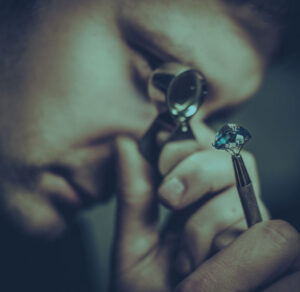
14. Diamonds were used as tools before jewelry
Diamonds were used by ancient civilizations to cut other materials due to their extreme hardness. Today, they are still used in the industry for this purpose.
15. South Africa is famous for its large diamond discoveries
The discovery of the Kimberley mine in South Africa marked a turning point in diamond history, making the country one of the world’s largest diamond producers.
16. Diamonds are made of just carbon
A diamond is a crystalline form of pure carbon, which distinguishes it from other minerals like graphite, which is made of the same element but has a different structure.
17. Most mined diamonds are not used for jewelry
Only 20% of mined diamonds are of sufficient quality to be used in jewelry. The rest are used for industrial applications, where hardness is more important than clarity or color.
18. It takes billions of years to form a diamond
The process of forming a diamond in the Earth’s mantle takes between 1 and 3 billion years. This lengthy process is part of what makes these gems so valuable.
19. The word “diamond” comes from Greek
The word “diamond” derives from the Greek word “adamas,” meaning invincible, in reference to its exceptional hardness and durability.
20. Diamonds were used for healing purposes in ancient times
In ancient cultures, diamonds were believed to have healing properties and were thought to provide strength, courage, and protection to those who wore them.
Conclusions about diamond curiosities
Diamonds are not only jewels of incalculable beauty but also treasures of scientific and cultural curiosities. From their formation deep within the Earth to their use in jewelry and industry, diamonds continue to fascinate humanity. If you want to learn more about their characteristics and properties, you can read our article on the main properties of diamonds or explore more on Diamantes.com.

